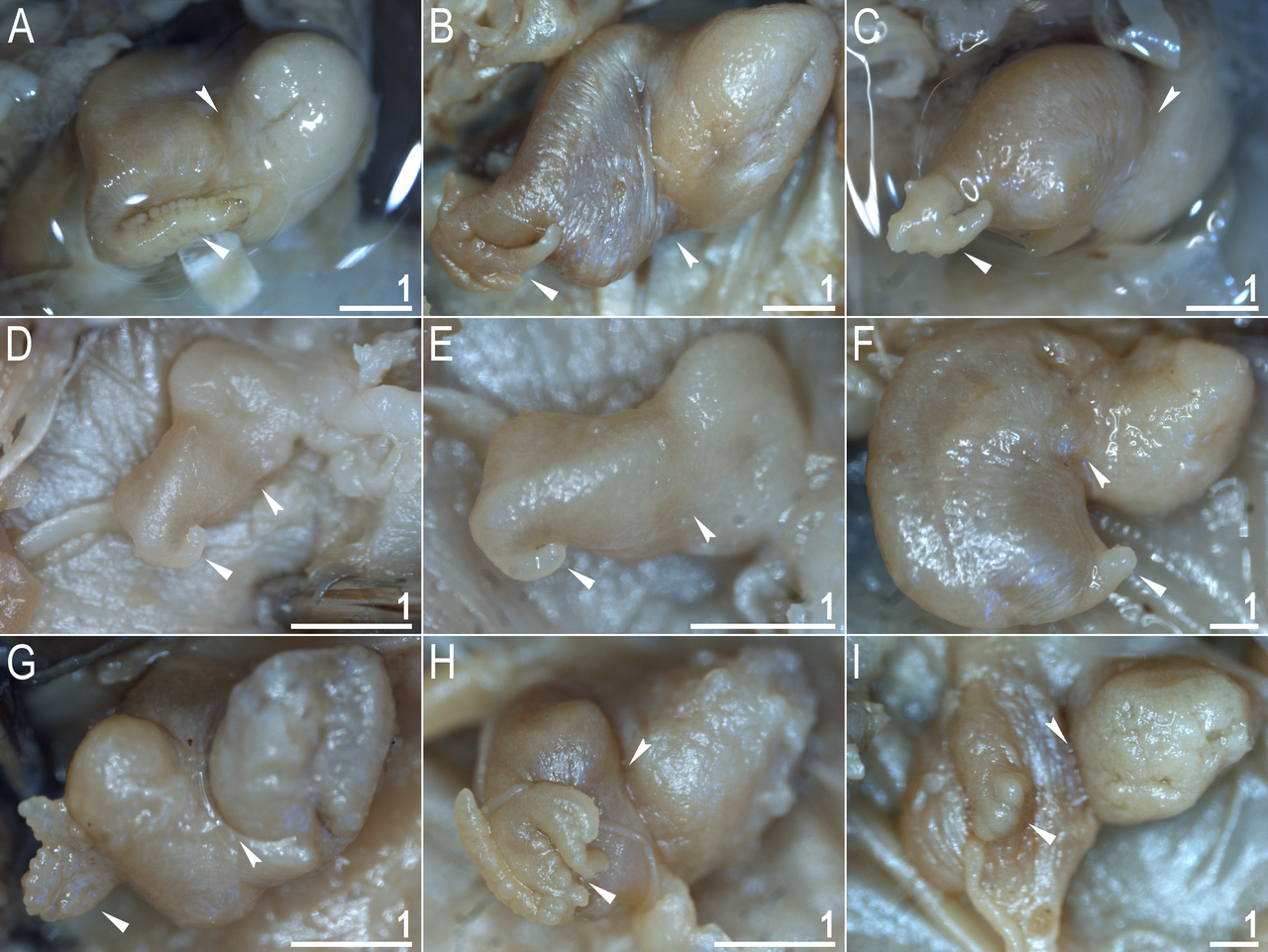Molecular Approach to Identifying Three
Closely Related Slug Species of the Genus Deroceras (Gastropoda: Eupulmonata:
Agriolimacidae)
Species identification is central to estimating biodiversity. Among
terrestrial gastropods, many slug species are especially challenging to
be identified, as some of them can only be distinguished by minute
morphological differences in their reproductive organs. Therefore there
is a need for anatomical section which is often problematic for
non-specialists. Some species of slugs belonging to the genus Deroceras are invasive and cause
severe agricultural damage. Despite extensive knowledge about their
invasiveness, data on the molecular differentiation of these
morphologically similar taxa are lacking. In our study we present a
molecular approach to identifying three closely related species of the
genus Deroceras — D. agreste (L., 1758), D. reticulatum (O. F. Müller, 1774)
and D. turcicum (Simroth,
1894) (Gastropoda: Eupulmonata: Agriolimacidae)—based on sequences of
multiple molecular markers: cytochrome c oxidase subunit I (COI), cytochrome b (cyt-b), internal transcribed
spacer 2 (ITS-2) and 28S ribosomal RNA (28S rRNA). We also provide
detailed photomicrographs of the penis and penial gland of the three
species, as it is the latter that holds the most important phenotypic
characters for distinguishing between these taxa. Since identification
of the studied species based solely on morphology is considered
challenging, contributing a means of molecular differentiation will aid
further ecological and biodiversity surveys of these important pests.

Read the full article, published by Zoological
Studies, here
Follow Zoological Studies on
Twitter @ZooStudies
and Facebook
